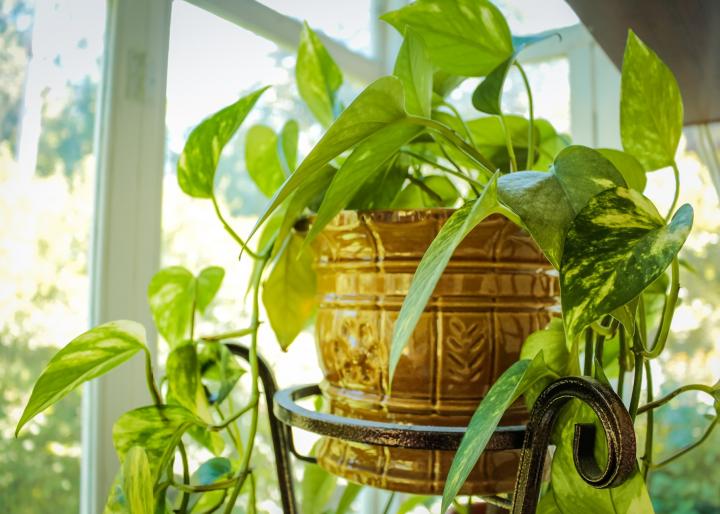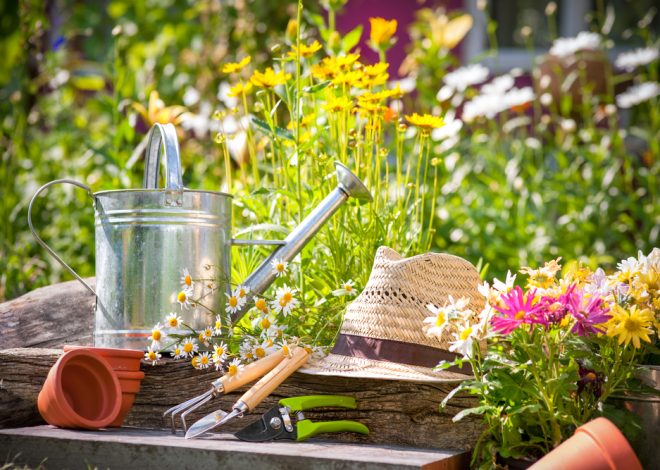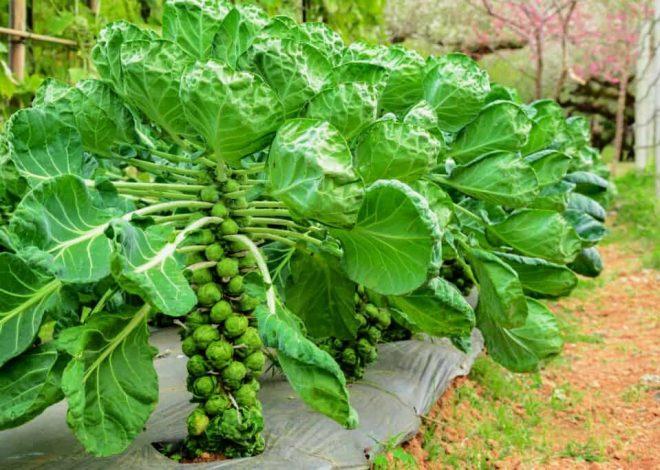
Why plants look healthy but not growing
Although it seems simple, caring for indoor plants has its details that should be known to be successful. Many people complain that their plants grow very slowly and it can be due to various factors: from the type of irrigation to the sun exposure, to the temperatures of the home or the type of soil that is being used. All this can affect the correct development of your indoor plants. Let’s discover why plants look healthy but not growing.
The following article gives you the keys to knowing why your indoor plants do not grow and explain the best tricks and tips to care for them properly. Identify the growing problem of your indoor plant and discover the best solution to help it grow healthily. Take note!
Why do plants look healthy but not growing?
Watering is one of the factors that directly influence the growth of an indoor plant. So, if you have thought,” My plants grow very slowly, why is it?”, Pay attention to the irrigation you offer them. If you don’t give your plants the necessary amount of water, they will not only look droopy, yellowish, dry, or even wilted, but they won’t grow well either. The lack of water causes the reserves that the plant has to consume and, therefore, it cannot focus its efforts on growing and it will become drier and withered.
To help them grow quickly, it is advisable to check the amount of water your indoor plants require. Knowing the specific species you have at home, its needs, and especially those of irrigation, you can organize yourself to give it the necessary amount of water and the appropriate frequency.
Excess of water
Watering an indoor plant is as bad as watering it too much. The latter responds as one of the possible causes of the frequent doubt about why indoor plants die. Excess water is the first cause of death for indoor plants, so you must be very careful when watering them if you want them to grow healthy more quickly. Overwatering a plant causes the roots not to have the amount of air and vital nutrients necessary to grow and, also, excess water will end up rotting the root, which will lead the plant to its death. If you notice mold or mildew on the substrate, constantly soggy soil, loose bark, or wilted or yellowing leaves, stop for a moment. These are the most characteristic signs of excess water in a houseplant.
If you notice that your plants grow slowly, you will have to organize the watering again. Know the needs of your indoor plants and allow the soil to dry to the touch between watering and watering to ensure the plant’s proper development.
Lack of space
Are your indoor plants not growing? The lack of space may be another reason. Plants go through different stages of growth and in them, the roots need enough space to develop. If your plant grows slowly, perhaps it is that the current pot has become too small. The roots have curled due to lack of space and are turning on themselves without finding a way out to continue growing.
If this is the reason why your houseplant is not growing properly, you will notice any of the following signs:
- The roots stick out from the bottom of the pot.
- When you remove the plant, you will see that there are more roots than soil.
- Plants have stopped growing.
- The water no longer soaks the ground but goes straight to the bottom, as there is actually hardly any soil left.
- If you want your plant to continue growing and developing, you will have to transplant it and change its pot. Remove the old soil between its roots and prune all those damaged roots, but be careful not to damage the large roots. This will promote their healthy development. Once the plant is in a pot with more space, you will see how soon it begins to grow faster.
The importance of light
Another of the fundamental factors that can interfere with proper growth is the levels of light that the plant receives. If you want to guarantee their survival and development, you must imitate their species’ natural environment as much as possible. To do this, you must consult each indoor plant’s specific needs to provide the appropriate level of light.
If you notice that the plants curl downward, the edges of the leaves are yellow or the new leaves are much smaller than the old ones over time. Your plant is receiving more light than necessary. In this case, you should move it away from the window or ensure that the light it receives is not direct. You can filter it with a curtain.
In case your plant grows slowly, the measurement is longer than it should or the leaves do not have much color because it is away from sunlight. The solution is to relocate it so that it receives more light. With this change of location, you will notice how the plant becomes slender and grows quickly.
Unsuitable temperature
Another possible cause that answers why indoor plants do not grow is that the temperature is not adequate. Thus, if your indoor plants do not grow, you should check to what temperature they are exposed. Generally, indoor plants, grown at home or in the office, need temperatures that range between 18ºC and 23ºC.. On the one hand, it is important not to exceed the maximum temperatures, since plants that can be grown well indoors, unlike those that are more for the outdoors and do not hold up well to being indoors, do not withstand very high temperatures, especially if the levels of light or humidity in the air do not correspond to those found in a natural environment. On the other hand, minimum or low temperatures can damage their growth and even cause plant death.
Therefore, if you want the growth to be adequate and for your plants to thrive correctly, you should always keep them at a moderate temperature.
Soil and fertilizers for indoor plants
You may not be using the correct soil for your plant to grow healthily. You should not forget that plants need specific soil according to their characteristics and needs. Check with the nursery or garden store where you buy the best substrate for your plant.
In addition, there are those who, when they see that a plant has a hard time growing, think, “What to give the plants so that they grow faster?” and they directly start using fertilizers and manures. However, you have to be careful with fertilizers and always give the correct amount to your indoor plants so that they grow, obtaining the necessary nutrients for it: nitrogen, potassium, and phosphorus. If you do not add fertilizer, you will see that their stems are stunted and that the new leaves are smaller since their growth will have slowed down. However, providing more fertilizer than it should. It can cause the leaves to dry out or turn brown, especially at the tips. If you have found yourself in the latter situation, you should increase the plants’ humidity, by taking them to the kitchen or the bathroom. Therefore, when acquiring the plant, you will have to inform yourself of this detail as well: what type of fertilizer or compost it needs, how much and how often.
Frequent relocation
Indoor plants grow by adapting to their environment. However, if you frequently change their location, you can cause them totally unnecessary stress.
If your plant is growing quickly and healthily because it has good levels of light, temperature, and humidity, it is better not to move it, so you will not interrupt its development and not harm its health. Only move the plant when you notice that its growth is not adequate. If not, try to always leave it in the same place.




